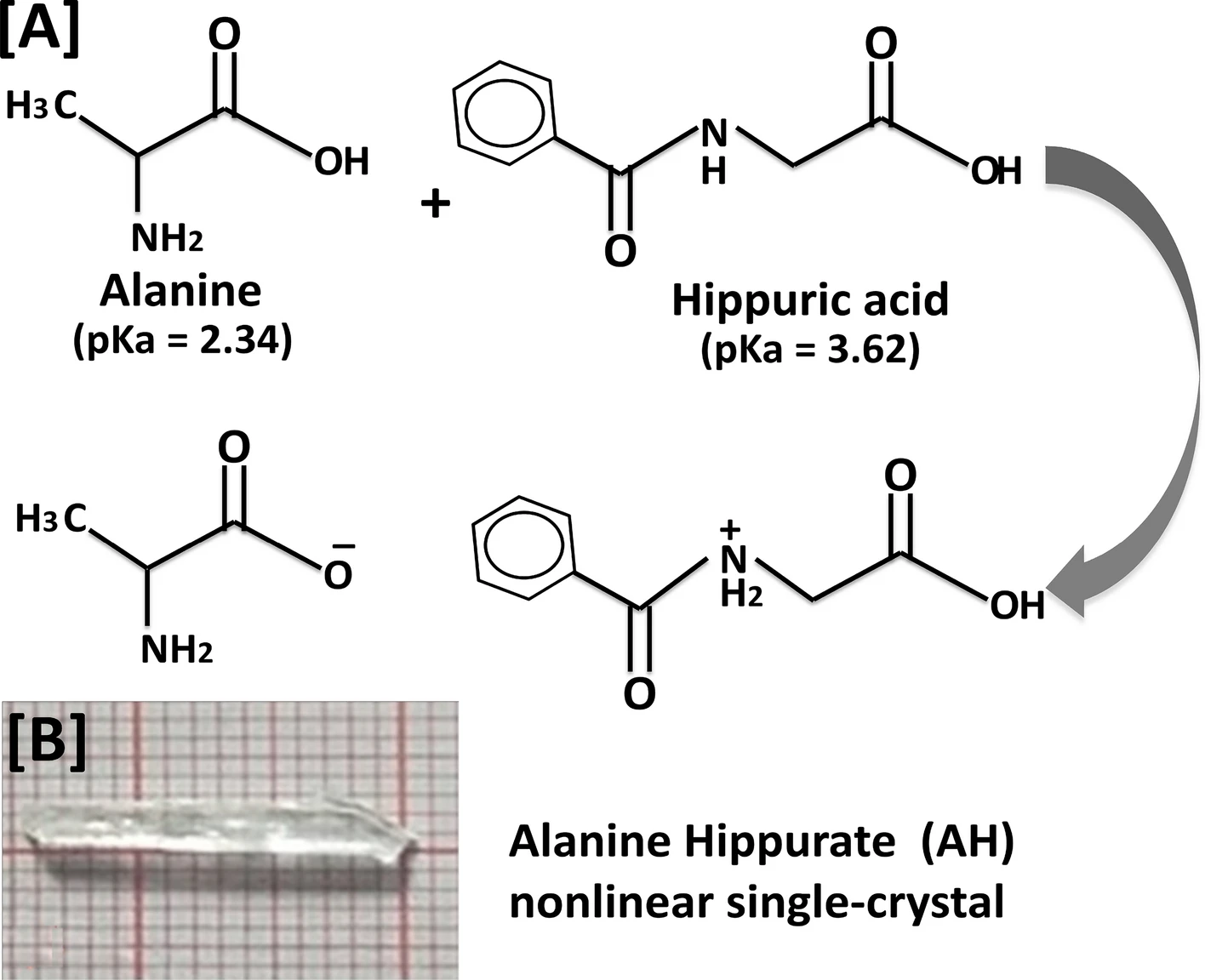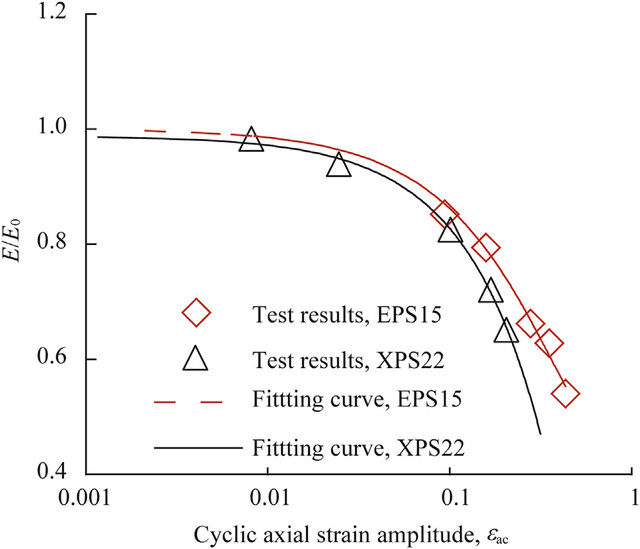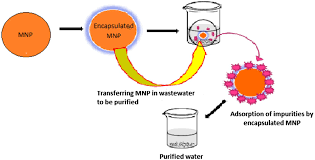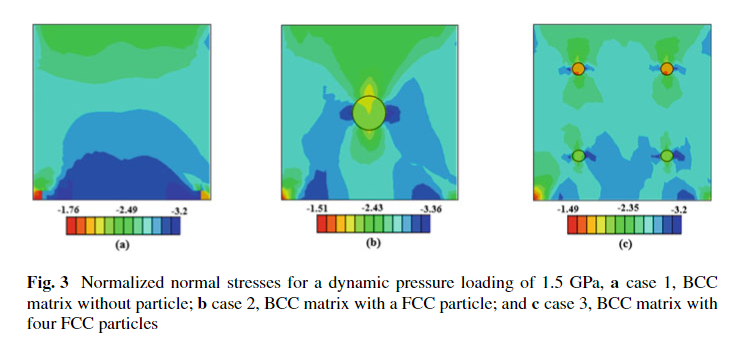Breadcrumb
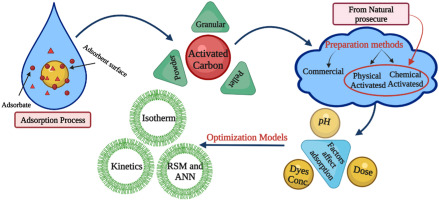
Review of activated carbon adsorbent material for textile dyes removal: Preparation, and modelling
Water contamination with colours and heavy metals from textile effluents has harmed the ecology and food chain, with mutagenic and carcinogenic effects on human health. As a result, removing these harmful chemicals is critical for the environment and human health. Various standard physicochemical and biological treatment technologies are used; however, there are still some difficulties. Adsorption is described as a highly successful technology for removing contaminants from textile-effluents wastewater compared to other methods. Several adsorbent materials, including nanomaterials, natural materials, and biological biomasses, are identified as effective adsorbents for textile effluents. Activated carbon preparation from these different adsorbents is an excellent pre-treatment to remove the adsorption capacity. Therefore, through this study various adsorbent types, especially activated carbon adsorbents will be discussed in addition to the factors affecting adsorption and models applied for optimising the adsorption process.

